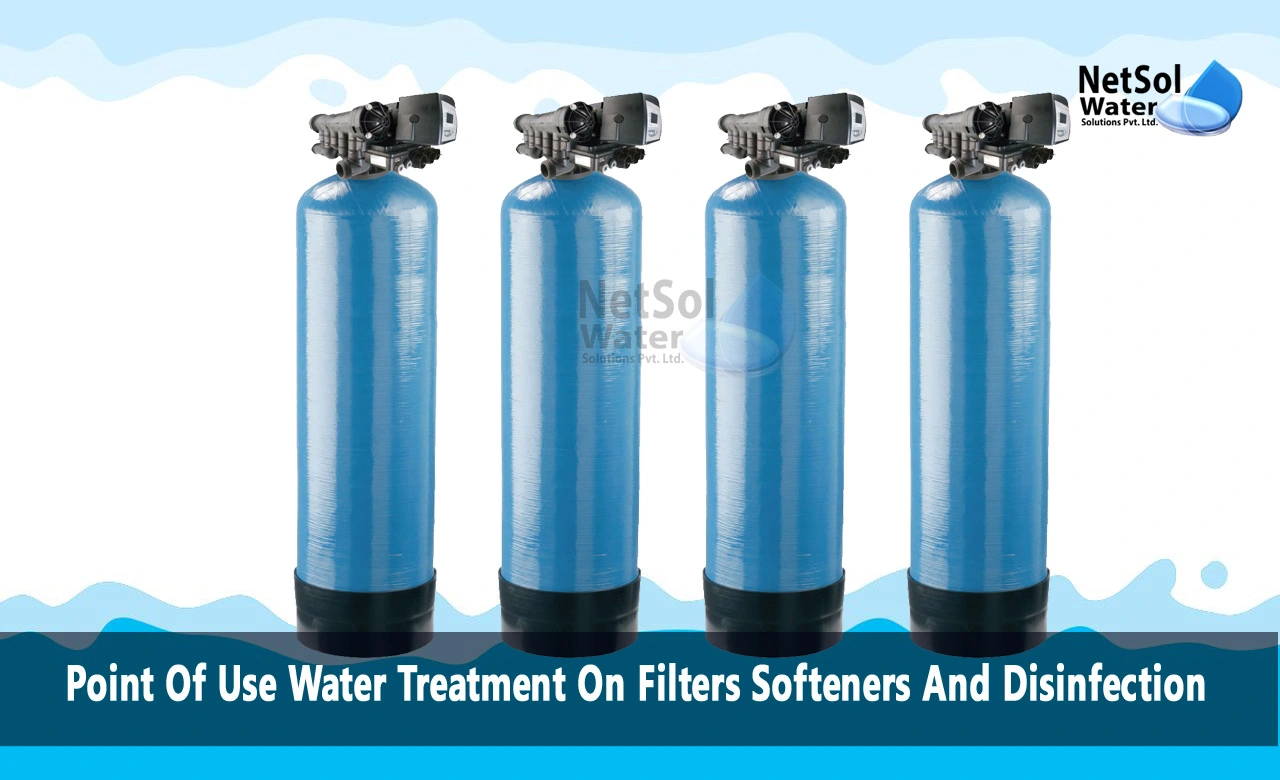Point Of Use Water Treatment On Filters, Softeners And Disinfection
Point of use (POU) water treatment refers to methods of treating water at the point it will be used, rather than at a large centralized treatment facility. POU methods include filters, water softeners, and disinfection systems that can improve water taste, remove contaminants, and reduce risks from pathogens.
Water Filters
Water filters are devices which physically remove contaminants from water by running it through a medium such as activated carbon, a synthetic resin, or a porous ceramic material. Particulates and certain dissolved contaminants are captured in the pores and surfaces of the filter medium. Filters can dramatically reduce lead, pesticides, chlorine byproducts, parasitic protozoa like Giardia and Cryptosporidium, and turbidity. They come in various forms including faucet filters, countertop pitchers with built-in filters, refrigerators with filtered water dispensers, under-sink units, whole-house systems, and portable filters for camping and emergency preparedness. The pore size and thickness of the filter, along with the amount of contact time determines what types of contaminants can be removed and the lifespan of the filter before it loses effectiveness and needs replacement. Water filters typically use mechanical filtration only, while more sophisticated treatment at centralized plants also utilizes chemical disinfection and coagulation/flocculation to remove pathogens and dissolved compounds.
Water Softeners
Water softeners are a form of ion exchange system that removes hardness-causing minerals like calcium and magnesium, along with trace amounts of certain heavy metals like manganese, iron, and radium. The active medium is typically polystyrene resin beads saturated with sodium ions. As hard water moves through the resin, the beads capture calcium and magnesium ions by exchanging them for sodium. The resulting water has been softened, but becomes high in sodium content. Softeners have automatic cycles that periodically cleanse the resin beads by flushing them with a concentrated salt solution from an on-unit brine tank to remove the accumulated hardness minerals. Softeners eliminate mineral scaling on pipes and appliances, help soaps foam and clean more effectively, and leave skin and hair feeling smoother after bathing by eliminating the residue from hard water minerals. Water softening does not remove other contaminants like pesticides, lead, pathogens, or dissolved organics. The resulting increase in sodium can cause problems for those on salt-restricted diets.
Disinfection Systems
Disinfection systems are designed to inactivate or kill pathogens like bacteria, viruses, and protozoan parasites that can cause waterborne diseases. Common POU disinfection methods include:
1- Ultraviolet (UV) light units expose water to a germicidal UV wavelength that damages the DNA of pathogens, rendering them unable to reproduce or infect. UV does not alter water chemistry or leave behind any residual disinfectant.
2- Reverse osmosis uses high pressure to force water through a semi-permeable membrane that filters out contaminants bigger than water molecules. It effectively removes pathogens along with pesticides, metals, salts, and other dissolved inorganic and organic chemicals.
3- Ozone generators introduce ozone gas into water where it oxidizes and damages cell membranes and DNA to inactivate microorganisms. Ozone quickly reverts back to regular oxygen leaving no taste or residual disinfectant.
Conclusion
Rather than relying on citywide water treatment, point of use systems allow users to customize the filtration right at the tap to address their particular water quality issues. POU treatment can serve as a final barrier against pathogens or problematic contaminants that made it through centralized distribution systems. Combining the strengths of different POU technologies like filters to remove lead, UV units to kill viruses, and softeners to reduce pipe corrosion and mineral buildup provides more complete water treatment customized to a household’s needs. With many types and brands of POU treatment systems available, water testing helps identify any problematic contaminants so consumers can select the method or combination of methods best suited to improve their drinking and household water quality. Implementing effective point of use treatment like filtration and disinfection provides clean, safe, good tasting water at the point it is used rather than relying solely on centralized water treatment.
Do you need an advice or assistance on selecting the best water and waste water treatment unit? We have solutions for all your problems!
Let us know your problem, our experts will make sure that it goes away.
For an assistance or related query,
Call on +91-965-060-8473 Or write us at enquiry@netsolwater.com



